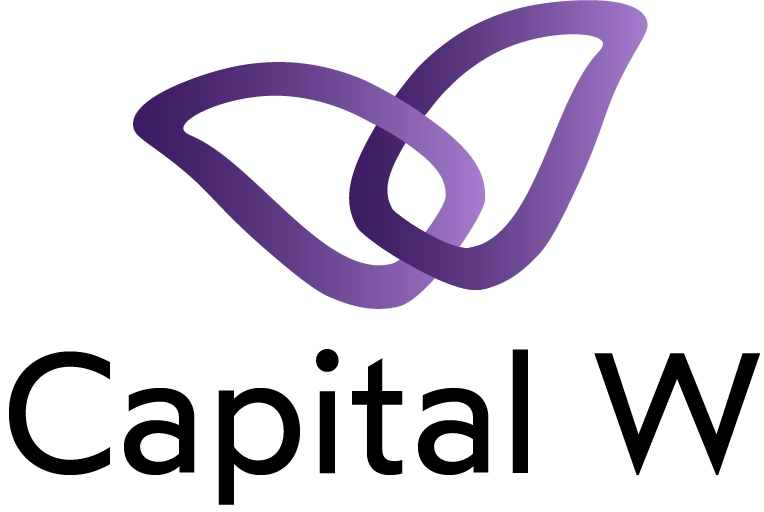Note-taking Methods
Each person studies in a different way - some might be visual learners and other audio learners. That’s why it is important to explore a range of note-taking methods in order to find the one which works best for you! Here are some of the most common strategies, with the advantages and disadvantages of each -
1. The Outline Method
The Outline Method is renowned for its structure and visual organisation.
Common features include:
- Brief sentences in hierarchy structure
- Main information is recorded as bullet points
The advantages of this strategy are that it highlights and groups key points, making it ideal for revision. On the flip side, it isn’t the best choice for visual learners who enjoy incorporating diagrams, charts, or other images.
2. The Cornell Method
This is one of the most widely used note-taking methods amongst students (myself included). It was created by Professor Walter Pauk of Cornell University in the 1950s, and has been designed to make you engage interactively with your notes as you go along as opposed to mindlessly jotting down information.
Common features include:
- Smaller column for comments, questions or hints
- Larger column for the bulk of the information
- Bottom row for summary of the main ideas of the page
The advantage of Cornell is that it is effective in extracting main ideas in a logical and organised manner, making it ideal for revision. However, this requires more effort and can be time-consuming.
To read the rest of this blog post, head to our Facebook page!

